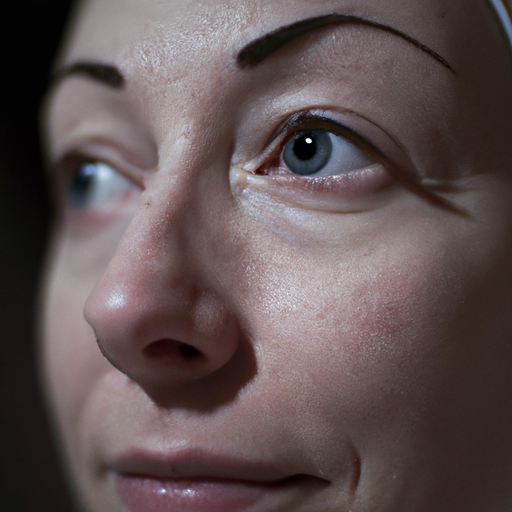Micro-coring is an innovative technique used in various scientific fields, including geology, archaeology, and environmental science. It involves the extraction of small cylindrical samples, or ‘cores,’ from different materials such as soil, rock, or ice. These cores provide valuable information about the material’s composition, structure, and history. This article aims to delve into the secrets of micro-coring and provide a comprehensive guide on its applications and benefits.
Micro-coring is performed using a specialized tool known as a micro-corer. The device is designed to extract cores with minimal disturbance to the surrounding material. The size of the cores can range from a few millimeters to several centimeters in diameter, depending on the requirements of the study.
The process of micro-coring begins with the careful selection of the sampling site. This decision is based on several factors, including the research objectives, the material’s characteristics, and logistical considerations. Once the site is chosen, the micro-corer is carefully inserted into the material. After reaching the desired depth, the core is extracted and preserved for further analysis.
One of the primary applications of micro-coring is in paleoclimatology, the study of past climates. By extracting ice cores from glaciers and ice caps, scientists can analyze the trapped air bubbles and other inclusions to gain insights into the Earth’s climate history. Similarly, in geology, micro-coring is used to study the Earth’s crust’s composition and structure. It helps in identifying mineral deposits, understanding geological processes, and assessing natural hazards.
In archaeology, micro-coring offers a non-destructive method for investigating archaeological sites. It allows archaeologists to gather information about a site’s stratigraphy and human activity without disturbing the site’s integrity.
Micro-coring also plays a crucial role in environmental science. It helps in assessing soil quality, studying sediment deposition, and monitoring pollution levels. By analyzing soil cores, scientists can understand the impact of human activities on the environment and develop strategies for sustainable land management.
The benefits of micro-coring are manifold. It provides high-resolution data, allowing for detailed analysis of the material’s properties. It is a non-destructive technique, preserving the integrity of the sampling site. Moreover, it is cost-effective and less time-consuming compared to other sampling methods.
However, like any scientific technique, micro-coring has its limitations. The quality of the cores and the accuracy of the data depend on several factors, including the skill of the operator, the condition of the micro-corer, and the characteristics of the material. Therefore, it is essential to conduct micro-coring with careful planning and precision.
In conclusion, micro-coring is a powerful tool that unlocks the secrets hidden within various materials. It offers a window into the past, revealing invaluable information about our planet’s history and our impact on the environment. As technology advances, we can expect to see even more innovative applications of this versatile technique, further enhancing our understanding of the world around us.



